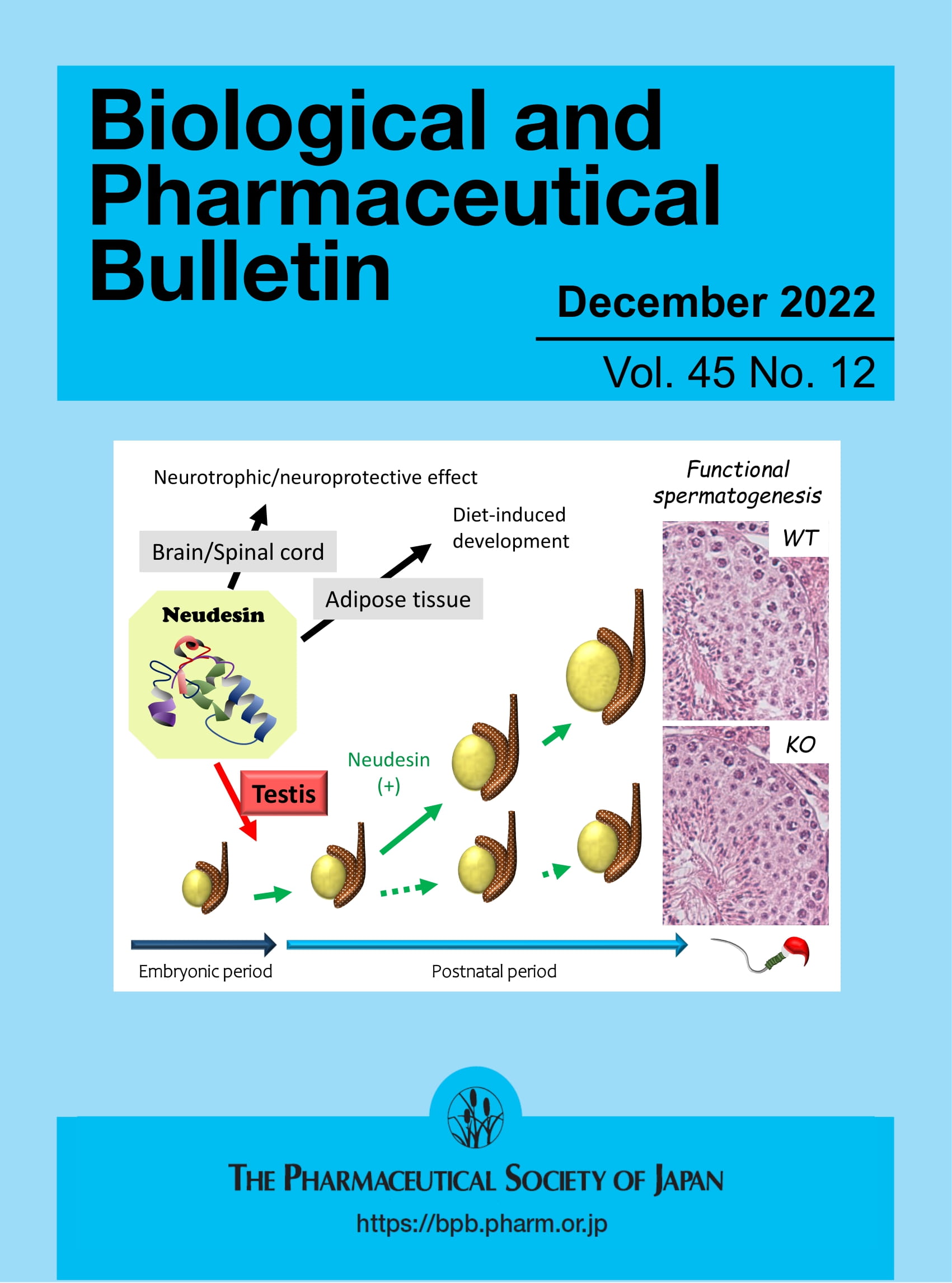Exploring the Bioactive Constituents and Therapeutic Mechanisms of Sanhuang Xiexin Decoction in Hypercholesterolemia Treatment Using UHPLC-Q-Orbitrap-MS/MS Integrated With Metabolomics and Network Pharmacology
Abstract
Rational
Sanhuang Xiexin Decoction (SHD), a traditional Chinese medicine, has been used widely in East Asian Countries for hundreds of years and recent studies have implied its lipid-lowering and cardiovascular protective effects. However, the active components and potential mechanism of SHD in treating hypercholesterolemia (HC) remain unclear.
Methods
UHPLC-Q-Orbitrap-MS/MS was used to annotate the components in SHD, and then, the efficacy of SHD in alleviating HC was demonstrated in vitro and in vivo. Subsequently, metabolomics by UHPLC-Q-Orbitrap-MS/MS was employed to identify discriminative metabolites and metabolic pathways involved in SHD against HC. Network pharmacology was applied to explore the potential bioactive components. Then, the integrated approach was proposed to elucidate the possible targets and mechanisms. Finally, molecular docking was operated to validate the potential targets and bioactive components.
Results
A total of 180 chemical components were identified in SHD, and 18 prototype components were confirmed in vivo. Metabolomics study revealed 12 metabolites, and five metabolic pathways were associated with the efficacy of SHD. Network pharmacology analysis further identified 18 active compounds and 107 targets. Finally, the integrated approach suggested that SHD exerts its protective effects against HC by modulating purine and glycerophospholipid metabolism through the regulation of key targets, including phosphodiesterase 5 (PDE5), acetylcholinesterase (ACHE), phospholipase A2 group VII (PLA2G7), and xanthine dehydrogenase (XDH).
Conclusion
SHD exerts its therapeutic effects on HC through multiple targets and multiple mechanisms. This study lays the groundwork for the clinical application of SHD in the treatment of HC and paves the way for further exploration of its underlying mechanisms.



 求助内容:
求助内容: 应助结果提醒方式:
应助结果提醒方式:


